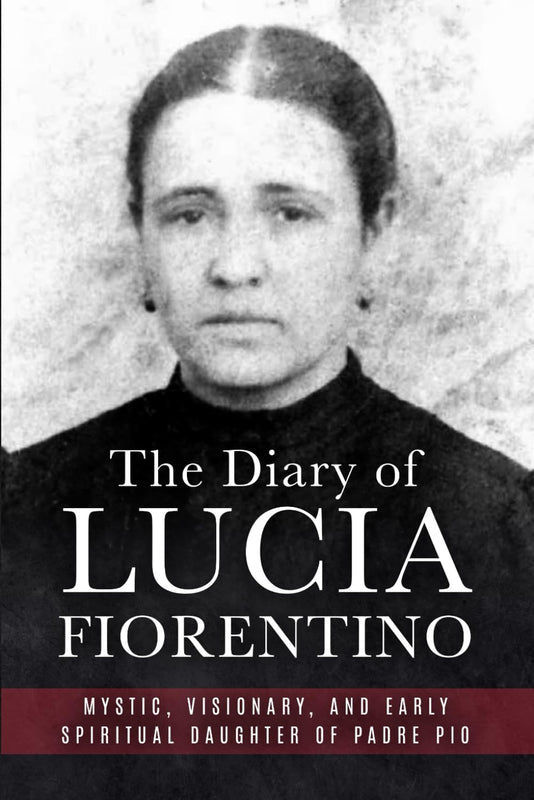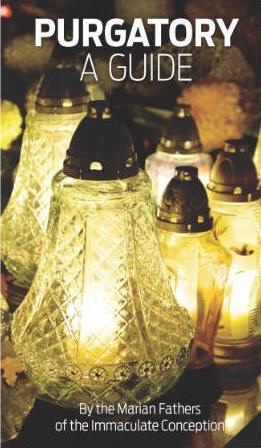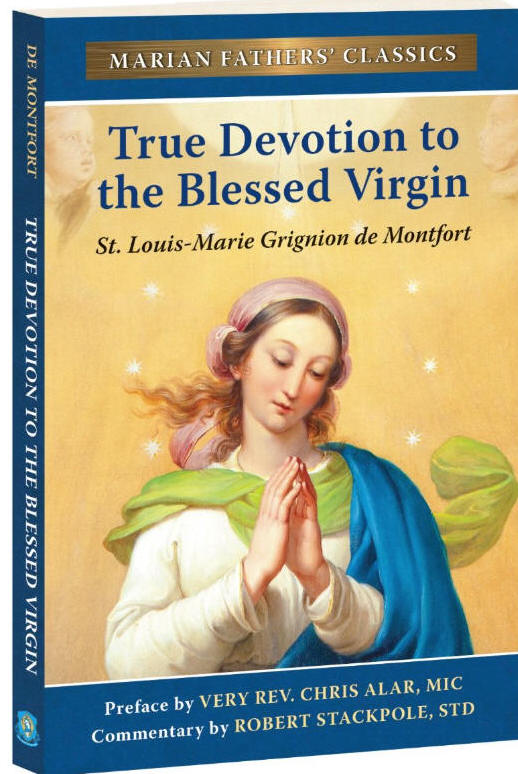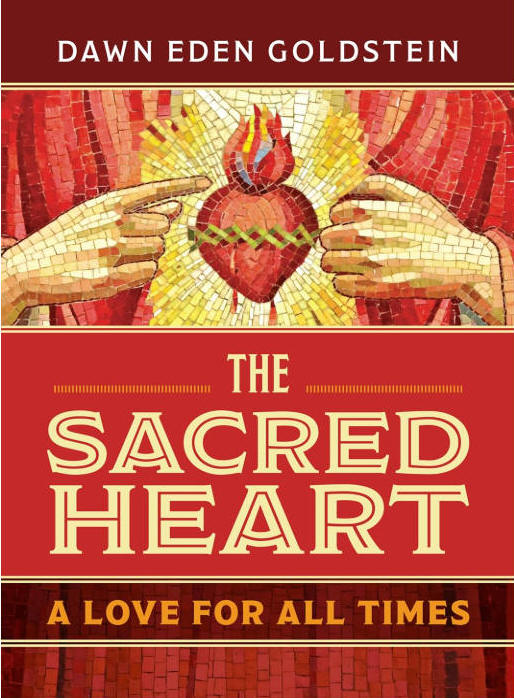
Lucia Fiorentino (1889-1934) lived a hidden but extraordinary life. She was one of the earliest spiritual daughters of Padre Pio. She was also a mystic, victim soul, and recipient of numerous charisms, such as visions and locutions. In 1906, she had a vision of an immense tree planted near the Capuchin friary in her native village of San Giovanni Rotondo. Then she heard a voice: “This is the symbol of a soul who is now far away but will come here. He will be strong and well-rooted like this tree and will cover the entire world with its umbrage.” When Padre Pio arrived in 1916, she understood the message, and he soon became her spiritual director. Amazingly, at the end of her life, Lucia offered her suffering for Padre Pio’s freedom from contact with the public.
Lucia's sufferings began when her younger brother, a seminarian, died in 1902. Her mother died of cancer three years later. Ten years after that, her other brother was killed in World War I. She also suffered physically. In 1905, at sixteen, she nearly died. During this period, she “felt ardor in wanting to suffer for the love of God,” and she prayed to know God’s will. Soon after, she received her vocation: Christ spoke to her, “From this moment on, offer yourself a victim for reparations. Do you accept?” From that day on, Lucia offered her sufferings as a victim soul, in particular for priests and religious.
Lucia met Padre Pio, two years her elder, for the first time in July 1916. She wrote, “All the doubts that reigned in my spirit were overcome by him.” She also wrote that she would go “up to the convent full of fears and anxieties, but after having conferred with the Father, I felt my spirit renewed!” To her, Padre Pio was like “healing medicine” and an “angel of a priest who brought health and refreshment to our bitter trials.”
In February 1934, Lucia became seriously ill. Sensing the end was near, she told her sister-in-law to “tell [Padre Pio] that I offered myself as a victim in the cave of St. Michael for his liberation. My life is not worth as much as his; he can do more good for souls than me.” On February 16, at the age of 44, Lucia Fiorentino died after a brief, unnamed illness. During that period, Padre Pio was still forbidden from appearing in public, hearing confessions, and celebrating Mass in public. It appears that Lucia’s self-sacrifice was heard by God. Less than three months later, Padre Pio was given back his full freedom to continue his apostolate.
Under the obedience of her spiritual directors, she wrote a diary. In it, she narrates the arrival of Padre Pio in her village and follows him throughout the dramatic events that unfolded in the early years. Her thoughts and descriptions are precious in gaining insight into this exceptional priest and friar and his method of spiritual direction. Moreover, she reveals the journey of her soul as Christ spoke directly to her with powerful messages. Yet, Christ told her that some of the messages were addressed not just to her but to everyone who “desires to live the perfect spiritual life."
This extraordinary diary—translated for the first time ever in English—reveals an extraordinary soul beautifully devoted to Padre Pio. It will be of immense benefit to all those seeking comfort amid their suffering and striving to grow in the Christian life. (A portion of the proceeds of sales of this book are donated to the Capuchin Province of Foggia and Padre Pio.)










